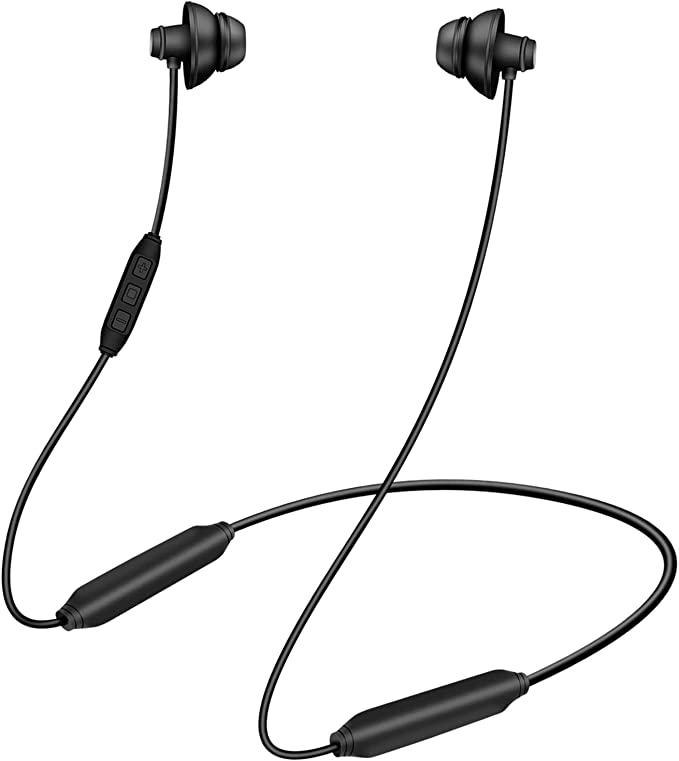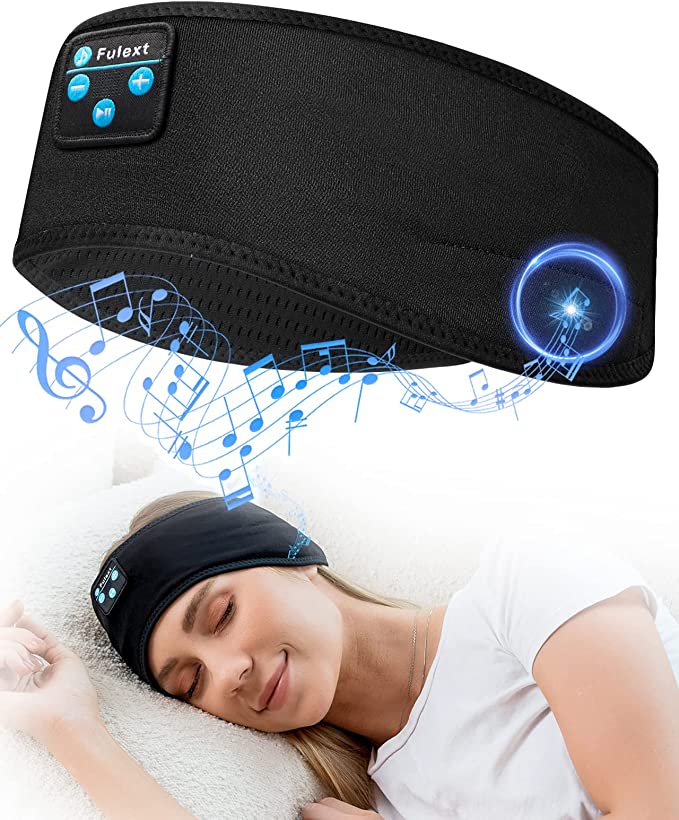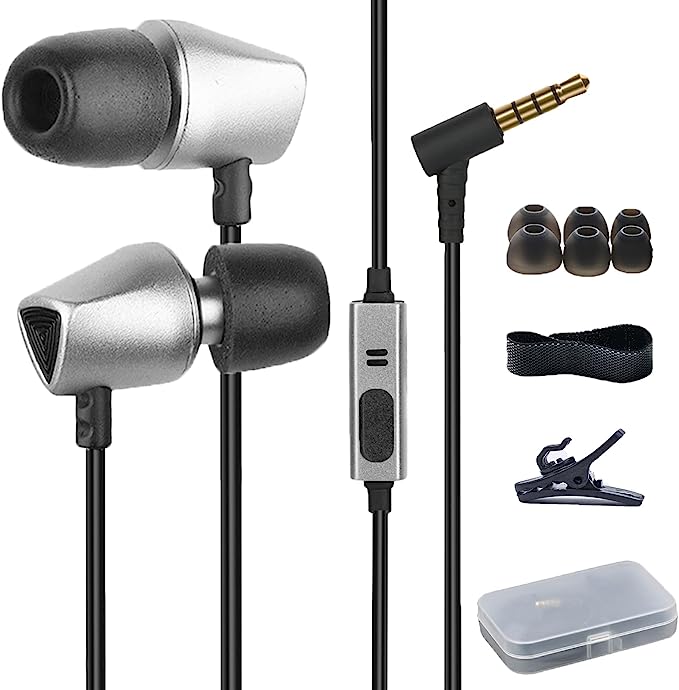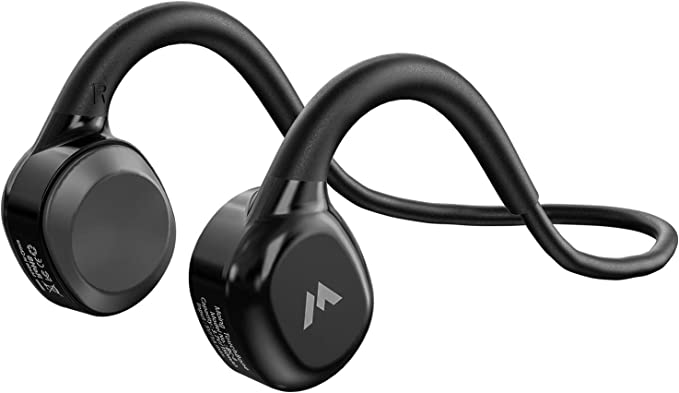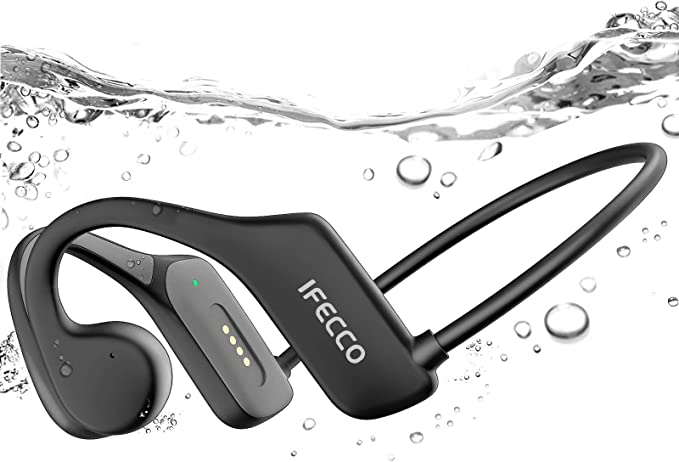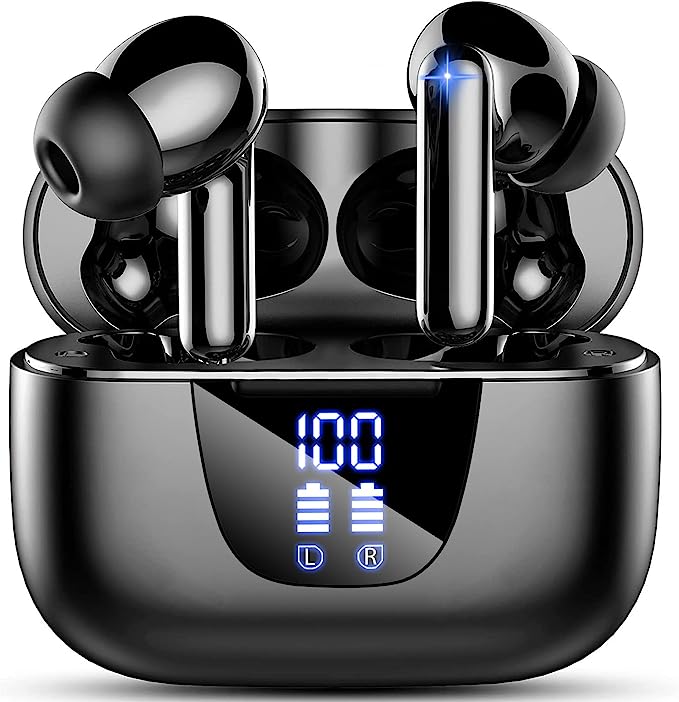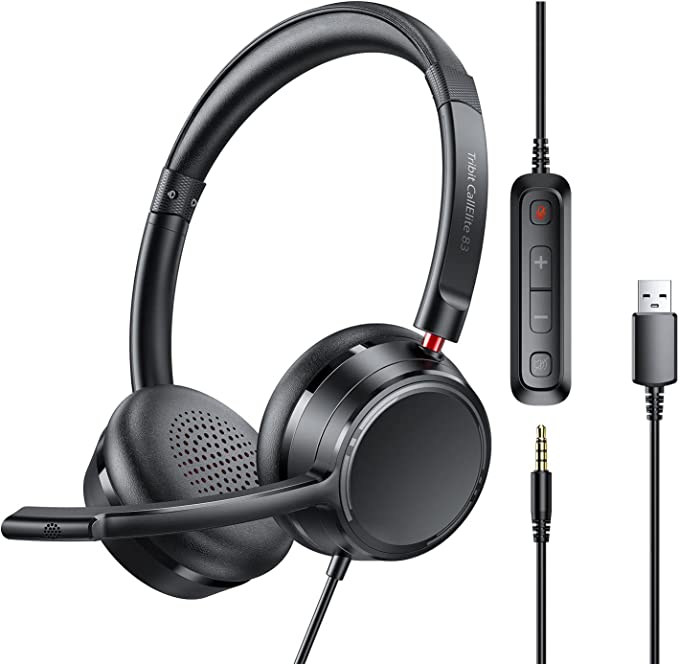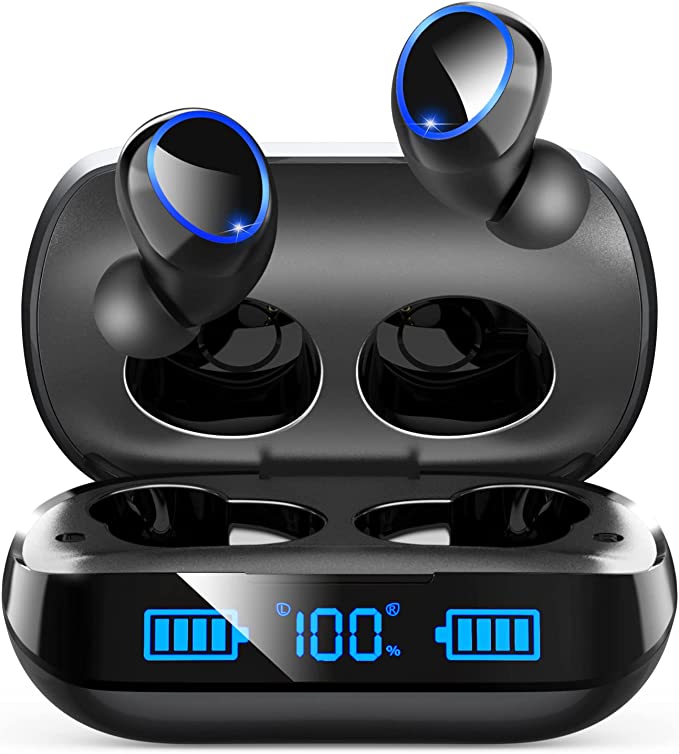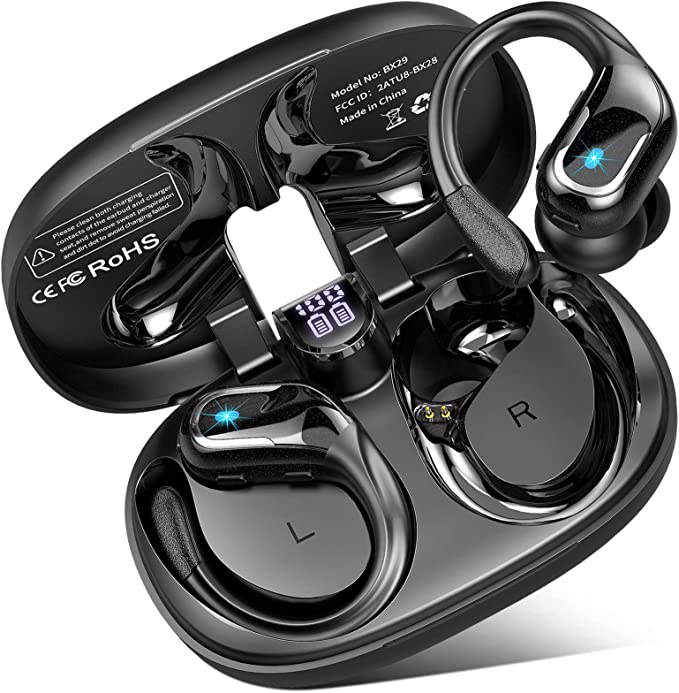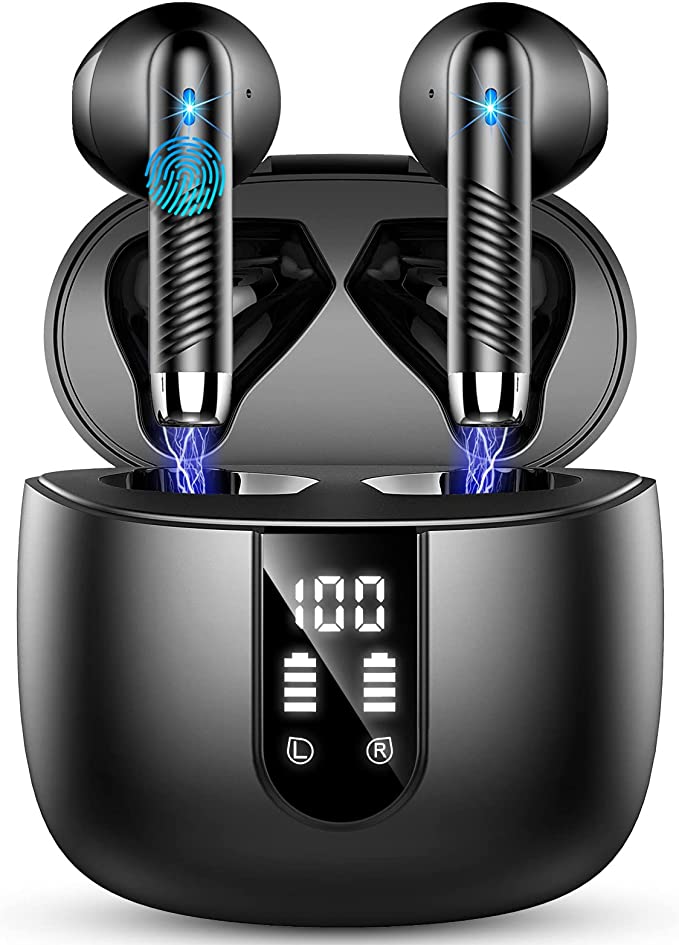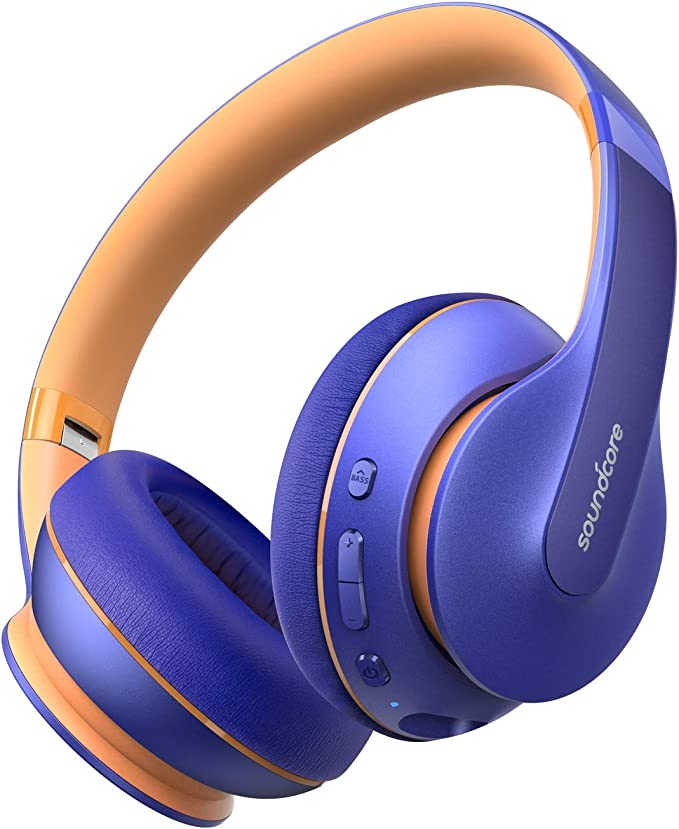Hatch Restore 3 Review: Wake Up Naturally with a Sunrise Alarm Clock
Update on July 23, 2025, 5:28 p.m.
For most of us, the day begins with a moment of violence. Not of malice, but of profound physiological shock. It’s the piercing shriek or insistent beeping of an alarm clock, an acoustic assault that rips us from the intricate world of sleep. The grogginess, the mental fog, the leaden feeling in your limbs that follows is not a character flaw or a lack of willpower. It is a state of neurological disarray known as sleep inertia, the brain’s dazed protest against being violently evicted from its restorative state. For over a century, this has been our accepted reality: we start each day by losing a battle against a small box on our nightstand.
This daily conflict is the result of a pact broken millions of years ago. Our biology, every cell in our body, signed a treaty with the sun. This agreement is called the Circadian Rhythm, a magnificent internal symphony conducted by a tiny cluster of nerve cells in our brain, the suprachiasmatic nucleus (SCN). For millennia, this conductor took its cues from the most reliable metronome imaginable: the rising and setting of the sun. It flawlessly orchestrated our cycles of rest and activity, performance and repair. Then, in the mere blink of an evolutionary eye, we invented the incandescent bulb and, with it, the 24/7 workday. We broke the pact. We declared war on our own nature.

The Messengers of Night and Day
Within this internal symphony, two star players carry the conductor’s messages: the hormones Melatonin and Cortisol. As dusk falls and the world softens into darkness, the SCN gives the signal, and the pineal gland releases Melatonin. It is the gentle usher of night, a whispering chemical lullaby that lowers our body temperature, slows our metabolism, and prepares us for sleep. It doesn’t force sleep; it simply opens the door.
Conversely, as dawn approaches, a different messenger takes the stage. The brain signals for the release of Cortisol, which is often maligned as the “stress hormone” but is, in this context, the energetic herald of the morning. The natural, gradual rise of Cortisol—the Cortisol Awakening Response—is what pulls us from sleep, sharpens our focus, and readies us for the challenges of the day. This elegant, daily handover of power is the engine of our wakefulness. But when we flood our evenings with artificial light, we sow chaos. Our screens, our lightbulbs, our cities that never sleep—they all scream a confusing message to our ancient brains, suppressing the gentle voice of Melatonin and disrupting the timely arrival of Cortisol.

Decoding the Language of Light
The reason for this disruption lies in a secret code our eyes use to communicate with our brain’s clock, a code that technology has only recently begun to understand. The conversation isn’t just about brightness; it’s about color. Our retinas contain not only the familiar rods and cones for vision, but also a third type of photoreceptor discovered relatively recently: cells containing a photopigment called Melanopsin. Think of Melanopsin as the dedicated antenna for our internal clock, and it is exquisitely tuned to the frequency of blue light.
When blue-sky light floods our eyes during the day, this antenna sends a powerful “It’s daytime! Stay alert!” signal directly to our SCN conductor. This is a brilliant evolutionary feature. The problem is, the screens of our phones, tablets, and laptops are potent sources of this same blue light. Staring into them at 11 PM is, to our biology, like staring into a noon sky. In contrast, the warm, red-toned light of a sunset or a campfire has a much longer wavelength, a frequency that Melanopsin largely ignores. It’s a signal of “All clear, prepare for rest.”
A Technological Ceasefire
For years, technology was the aggressor in this biological war. Now, a new philosophy of design is emerging, one focused on de-escalation and peace. Devices like the Hatch Restore are the envoys of this new approach. They are not just better alarm clocks; they are technological translators, designed to speak our body’s native language.
Its core function, the sunrise simulation, is a perfect example of this technological diplomacy. Instead of an acoustic shock, it initiates a gradual, silent dawn in your bedroom. It begins with the deep, gentle reds that our Melanopsin antenna ignores, slowly brightening and shifting its color temperature over 30 to 60 minutes toward a warm, bright white light. This isn’t a trick; it’s a conversation. The light is communicating directly with your brain, gently telling it to ease off Melatonin production and begin the graceful morning surge of Cortisol. It allows you to wake up on the crest of your own hormonal wave, not be dragged from its trough. It’s an awakening, not an alarm.
The Embrace of Silence and Sound
The auditory front of this war is just as important. The sudden, unpredictable noises of urban life—a siren, a slamming door—are like stray shots in the night, capable of disrupting our carefully constructed sleep cycles. The answer isn’t just silence, but a predictable auditory environment. This is the science of sound masking.
Instead of trying to eliminate every sound, a device like the Restore lays down a consistent, soothing blanket of sound, such as white or pink noise. This constant stream of sound raises the ambient auditory threshold, meaning those sudden, jarring noises are less likely to breach the barrier and startle you awake. It doesn’t create a void; it creates a predictable and safe sonic sanctuary, a cocoon of sound where your brain feels secure enough to let go.

Reconnecting with Our Code
We are at a fascinating inflection point. For the first time, mainstream technology is moving beyond a myopic focus on productivity and efficiency and is beginning to consider our digital wellbeing. The most profound innovations may not be those that launch us further into virtual realities, but those that help us better inhabit our physical one.
A device that uses a scientifically-calibrated spectrum of light and sound to help us sleep and wake better is more than a gadget. It’s a bridge. It’s a tool that uses the pinnacle of our modern ingenuity to help us reconnect with our most ancient, fundamental code. It is a quiet admission that the best path forward is not always to invent a new future, but to remember, respect, and restore the timeless wisdom already written into our own biology. And in that, there is a promise of a more gentle, more energized, and more human way to begin the day.




